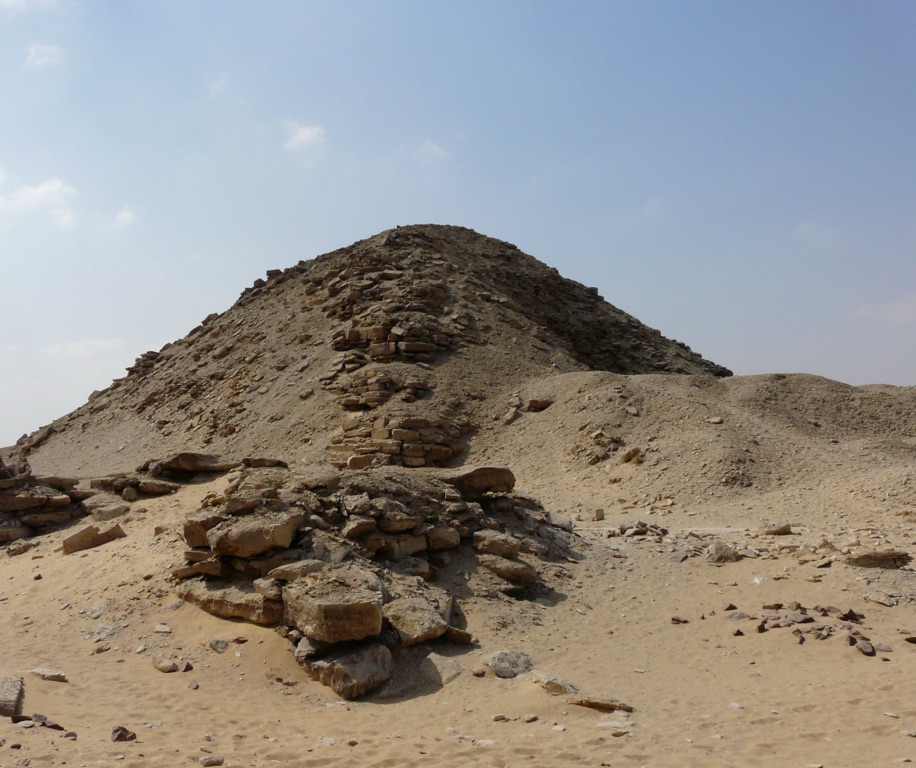Summary
Introduction to the Pyramid of Nyuserre
The Pyramid of Nyuserre Ini, a landmark in the necropolis of Abusir, stands as an ancient testament to the Fifth Dynasty of Egypt’s Old Kingdom. Constructed as the final resting place of Pharaoh Nyuserre Ini, its grandeur is a reflection of the pharaoh’s influence and the architectural innovations of the era. Though time has taken its toll, the pyramid’s remnants offer insights into the religious and cultural practices of ancient Egyptian civilization, captivating historians and tourists alike.
Get your dose of History via Email
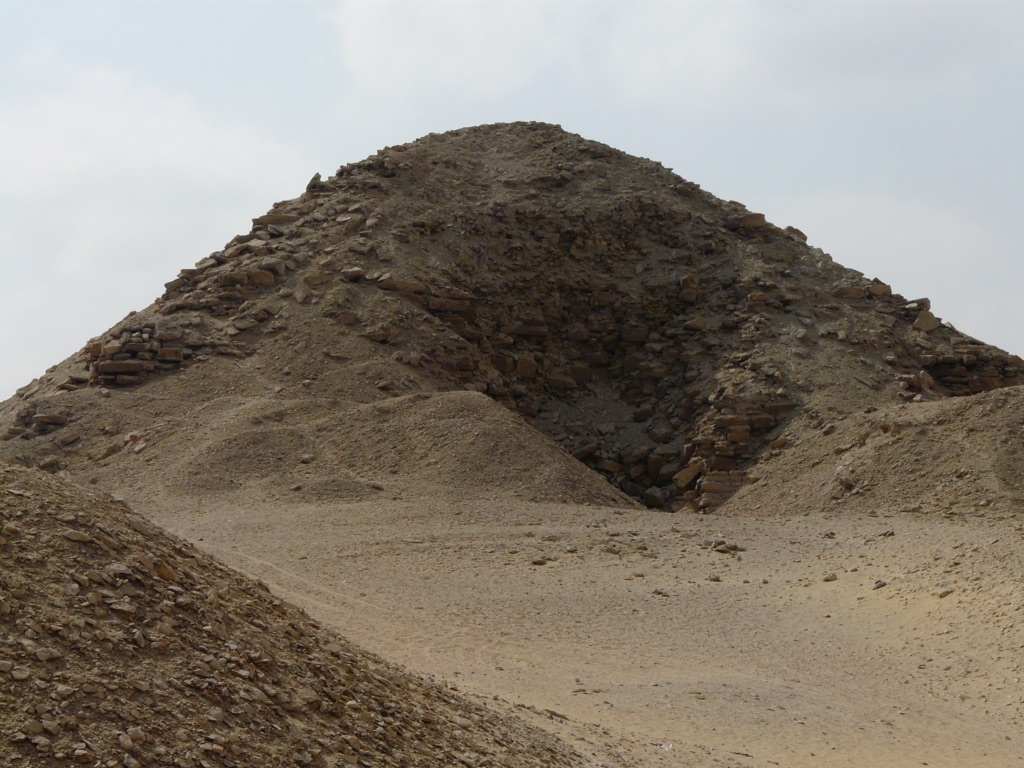
Architectural Significance
With its distinct components such as the mortuary temple, causeway, and valley temple, Nyuserre’s pyramid complex showcases the sophistication of funerary architecture of the time. Despite being smaller than other monuments from earlier dynasties, the craftsmanship in its construction emphasizes the era’s evolving building techniques. Notably, the surviving sun temple hints at Nyuserre’s devotion to the sun god Ra, illustrating the religious shift and architectural adaptation during his reign.
Historical and Cultural Impact
The Pyramid of Nyuserre serves as a custodian of the past, holding critical clues to Egypt’s storied history. Its walls bear inscriptions, offering a narrative of the pharaoh’s life and governance. These inscriptions, along with the artifacts unearthed around the site, reinforce our understanding of the socio-political dynamics and the reverence for the afterlife that shaped ancient Egypt. This historical site not only stands as a monument of the dead but as a beacon that continues to enlighten the living.
Historical Background of Pyramid of Nyuserre
Origins and Royal Significance
The Pyramid of Nyuserre, a significant structure in the ancient city of Abusir, serves as the burial site for Pharaoh Nyuserre Ini. He ruled during the Fifth Dynasty of Old Kingdom Egypt. As the third son of Pharaoh Neferirkare Kakai, Nyuserre ascended the throne under unusual circumstances, likely following a sibling dispute. His reign, though moderate in length, marked an era of economic stability and artistic advancements. The pyramid stands as a testament to his leadership and the architectural prowess of the period.
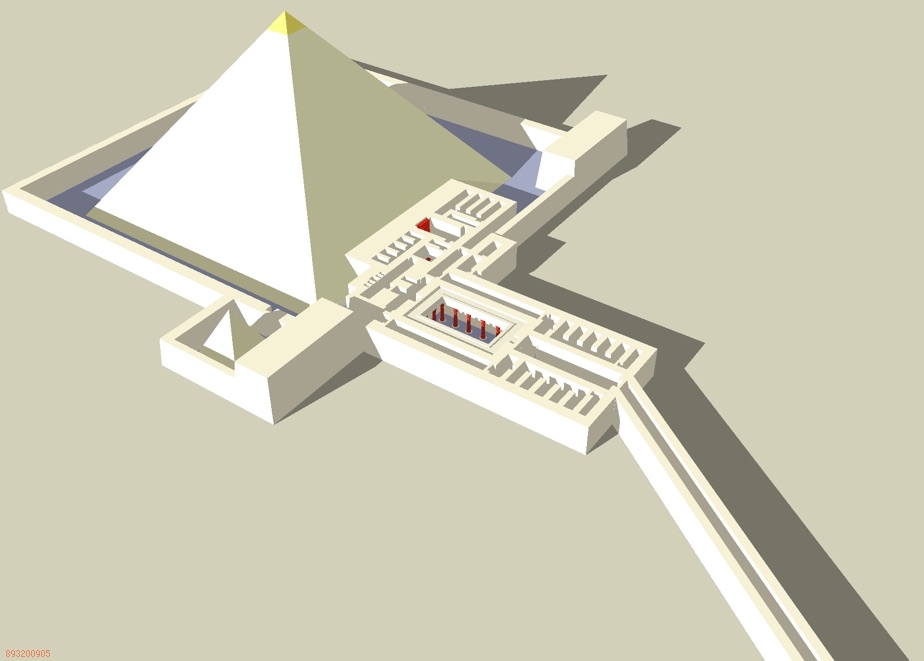
Construction and Design
Designed following the traditional pyramid construction methods, Nyuserre’s monument showcases the complex’s evolution from earlier simple tombs to monumental symbols of divinity and power. His pyramid features a typical east-west axis orientation. It includes a mortuary temple, offering a glimpse into the significant religious practices of the period. The structure, primarily built from locally sourced limestone, displays intricate design features, albeit on a smaller scale compared to its predecessors, signifying a shift in the pyramid-building tradition.
Cultural and Religious Dynamics
The Pyramid of Nyuserre not only displays the pharaoh’s desire for a lasting legacy but also illuminates the religious landscape of Ancient Egypt. Through this pyramid, with its careful alignment and sun temples, Nyuserre demonstrated reverence for the sun god Ra. This choice signalled a broader cultural shift toward solar worship, which heavily influenced the period’s art and architecture. The dedicated sun temples adjacent to the pyramid underscore the intertwined nature of religion and governance.
As one of the last of its kind in the Abusir necropolis, Nyuserre’s pyramid plays a crucial role in our understanding of dynastic changes and the declining resources dedicated to monumental construction. This change later influenced the ethos and practices of subsequent generations. The size and grandeur of Nyuserre’s complex directly reflect the economic and political climate of his reign, shedding light on a time of subtle transition in ancient Egyptian society.
Today, the Pyramid of Nyuserre stands as an important historical and archaeological site. It captures the essence of an era that paved the way for future developments in Egyptian funerary customs. Its ruins, though diminished by time, continue to attract scholars and enthusiasts eager to explore the depth of Egypt’s rich history. This structure not only memorializes a pharaoh but also stands as a chapter in the larger narrative of ancient Egyptian civilization.
The Discovery of Pyramid of Nyuserre
Initial Identification
The Pyramid of Nyuserre, obscured by the sands of time, was first acknowledged by Western scholars in the 19th century. The initial identification was incomplete, as it was buried under vast desert dunes. Early excavations revealed the complex nature of the site. These findings sparked curiosity amongst Egyptologists and historians worldwide.
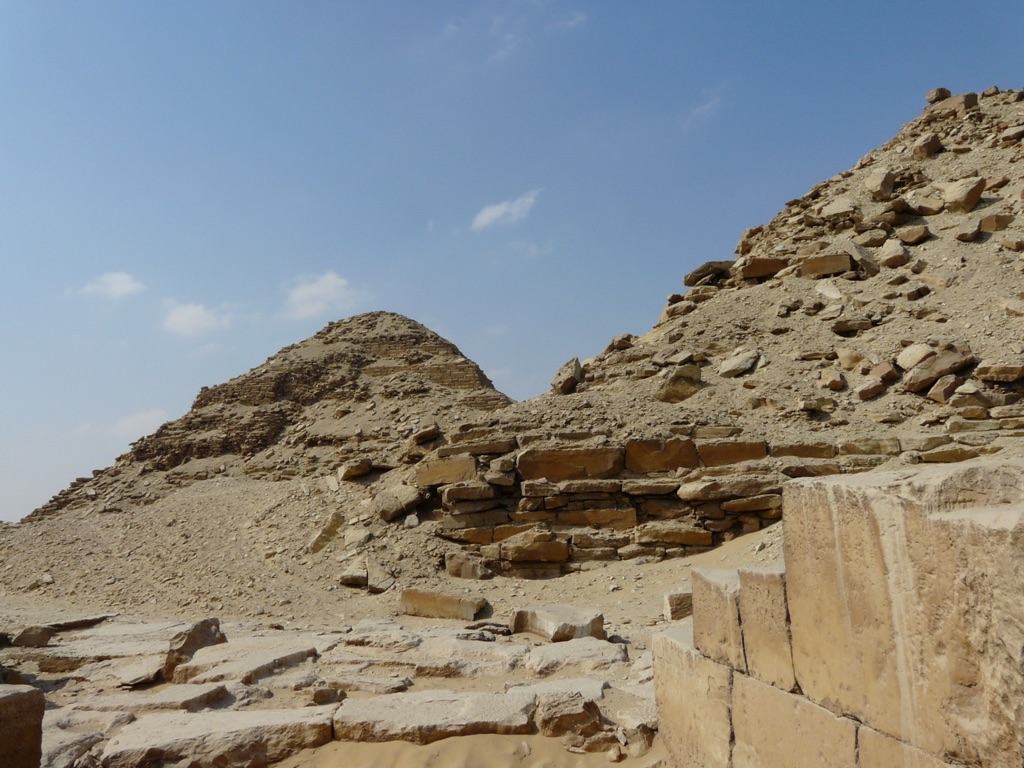
Archaeological Breakthroughs
Ludwig Borchardt, a renowned German Egyptologist, made significant discoveries at the site in the early 20th century. Under his guidance, the archaeological team uncovered more of the pyramid’s structure. This brought to light the grandeur and significance of Pharaoh Nyuserre Ini’s mortuary monument.
Recent Excavations and Findings
Excavations throughout the 20th and 21st centuries have gradually revealed the pyramid’s extent and its complex layout. Archaeologists unearthed the mortuary temple, causeway, and various artifacts within the pyramid’s precincts. These findings help piece together the complex rituals and cultural practices of the era.
With advancements in technology, including aerial surveys and ground-penetrating radar, archaeologists have gained further insights into the pyramid’s construction methods. These technologies also provide a clearer map of its original design. Each discovery contributes to a broader understanding of the pyramid’s historical context. The work also deepens our appreciation of the ancient civilization that constructed it.
The Pyramid of Nyuserre stands as a prominent subject for ongoing research and exploration. Its discovery continues to offer new knowledge and perspectives on the political, religious, and social aspects of ancient Egypt. Furthermore, it remains an intriguing destination for visitors, keen on witnessing a piece of history firsthand.
Cultural Significance, Dating methods, Theories and Interpretations
The Cultural Importance of the Pyramid
The Pyramid of Nyuserre, rising from the sands of Abusir, is not just a testament to ancient Egyptian engineering; it embodies cultural and religious ideals of its time. Anchoring the landscape, it represents the pinnacle of pharaonic power and the enduring significance of the afterlife. The sun temples associated with the pyramid reflect the civilization’s solar worship, pointing to a vibrant cultural reverence for the celestial. This edifice not only marked Nyuserre’s journey to eternity but also served as a religious hub, emphasizing the culture’s intricate connection to divine worship.
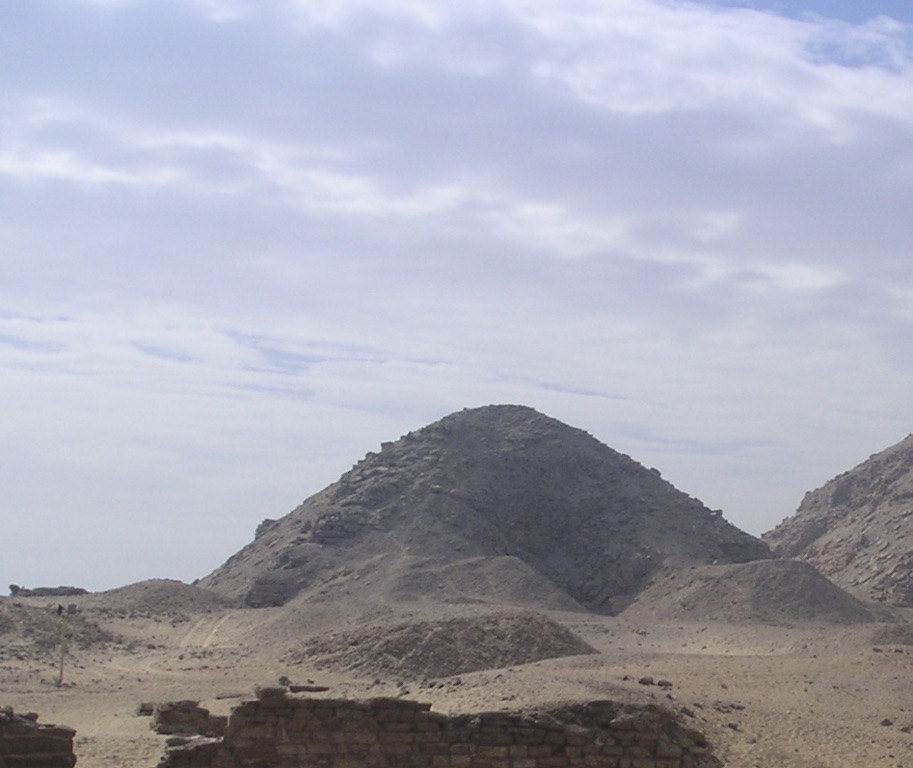
Dating Techniques Employed
To demystify the chronology of the Pyramid of Nyuserre, experts have employed several dating methods. Radiocarbon dating of organic materials and thermoluminescence dating have confirmed the structure’s age, anchoring it firmly in Egypt’s Fifth Dynasty. These methods have provided a more precise timeline, enhancing our understanding of the pyramid’s construction span and the reign of Nyuserre Ini. The findings align with historical records, offering a more cohesive narrative of the pyramid’s origin and use.
Theories on Architectural Progression
Many theories address the architectural transitions observed at the Pyramid of Nyuserre. Scholars suggest that economic factors and a shift in religious priorities might have influenced its smaller scale compared to earlier pyramids. Some believe that the pyramid’s innovative features indicate a move towards more sophisticated construction techniques. These theories attempt to explain the evolution of pyramid design during a period of remarkable cultural development.
Interpretations of inscriptions and artifacts found within the complex give us rich insights into the ceremonial customs practiced here. The mortuary temple’s reliefs depict offerings to various deities, shedding light on ritualistic details that were central to the religious life of the time. Interpretations of these findings have shaped our understanding of the pharaoh’s role in maintaining cosmic order and the prosperity of the kingdom.
Lastly, the Pyramid of Nyuserre continues to be a focal point of academic debate and public fascination. The ongoing research fuels new theories regarding the site’s significance and the advanced civilization that created it. Perhaps most importantly, it stands as a reminder of humanity’s enduring quest to immortalize its achievements and impact the canvas of history.
Conclusion and Sources
The exploration of the Pyramid of Nyuserre has illuminated various aspects of ancient Egyptian culture, religion, and technology. As the sands of time continue to reveal more of its secrets, the Pyramid not only stands as a historical monument but also as a beacon of knowledge showcasing the sophistication of a civilization lost to the ages. It remains a site of paramount importance for understanding the dynamic evolution of the Old Kingdom’s architectural prowess, spiritual beliefs, and societal structures. The implications of its construction, the identity of its architects, and the details of the rituals performed within its walls contribute substantially to our collective understanding of early human achievements. Indeed, the Pyramid of Nyuserre will continue to spark curiosity and scholarly debate, offering countless opportunities for discovery in the enduring quest to unravel the mysteries of the past.
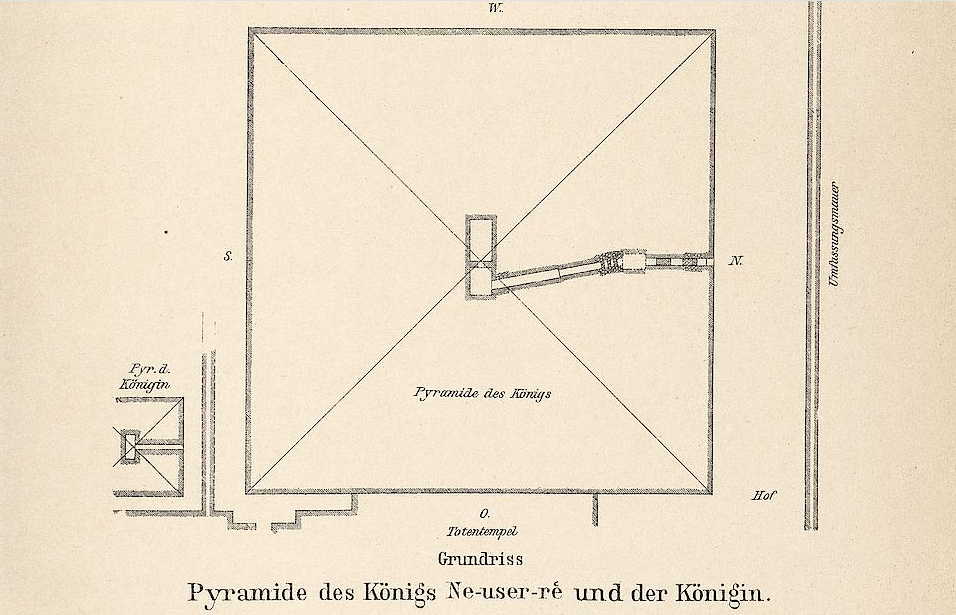
For further reading and to validate the information presented in this article, the following sources are recommended:
Or you can check any of these reputable archaeological and historical texts:
Verner, M. (1997). ‘The Pyramids: The Mystery, Culture, and Science of Egypt’s Great Monuments.’ Grove Press.
Lehner, M. (1997). ‘The Complete Pyramids: Solving the Ancient Mysteries.’ Thames & Hudson.
Wilkinson, R. H. (2000). ‘The Complete Temples of Ancient Egypt.’ Thames & Hudson.
Arnold, D. (1991). ‘Building in Egypt: Pharaonic Stone Masonry.’ Oxford University Press.
Strudwick, N. (2005). ‘Texts from the Pyramid Age.’ Society of Biblical Literature.
Hawass, Z. (1998). ‘The Discovery of the Pyramids of Abusir.’ American University in Cairo Press.
Baker, H. D. (2008). ‘The Egyptian Pyramid.’ Greenwood Press.
Romer, J. (1982). ‘Valley of the Kings.’ Michael O’Mara Books.
Allen, J. P. (2005). ‘The Ancient Egyptian Pyramid Texts.’ Society of Biblical Literature.

